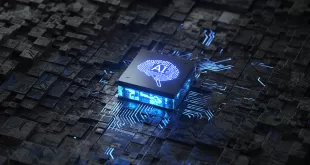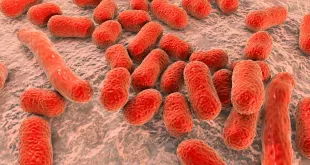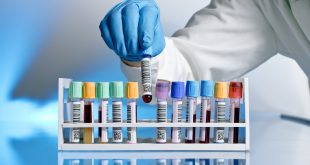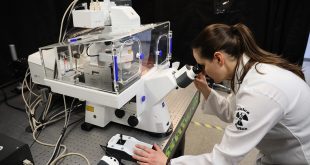Research into thinner-than-paper carbon-based electronics opens new ways of living in the world — and it isn’t science fiction anymore
By Robert Price
Imagine sensors that attach to the body like a second skin and detect biomarkers that come out of sweat. Paper-thin television screens that roll up like blinds. Comic books with animated pages. Heart monitors that attach directly to the heart. Medical sensors that dissolve inside the body.
Some of these applications of carbon-based electronics are still a dream away. Others are already happening in a laboratory run by Benoit Lessard, where the paper-thin circuitry rolling off printers has the potential to change the daily lives of Canadians in countless ways.
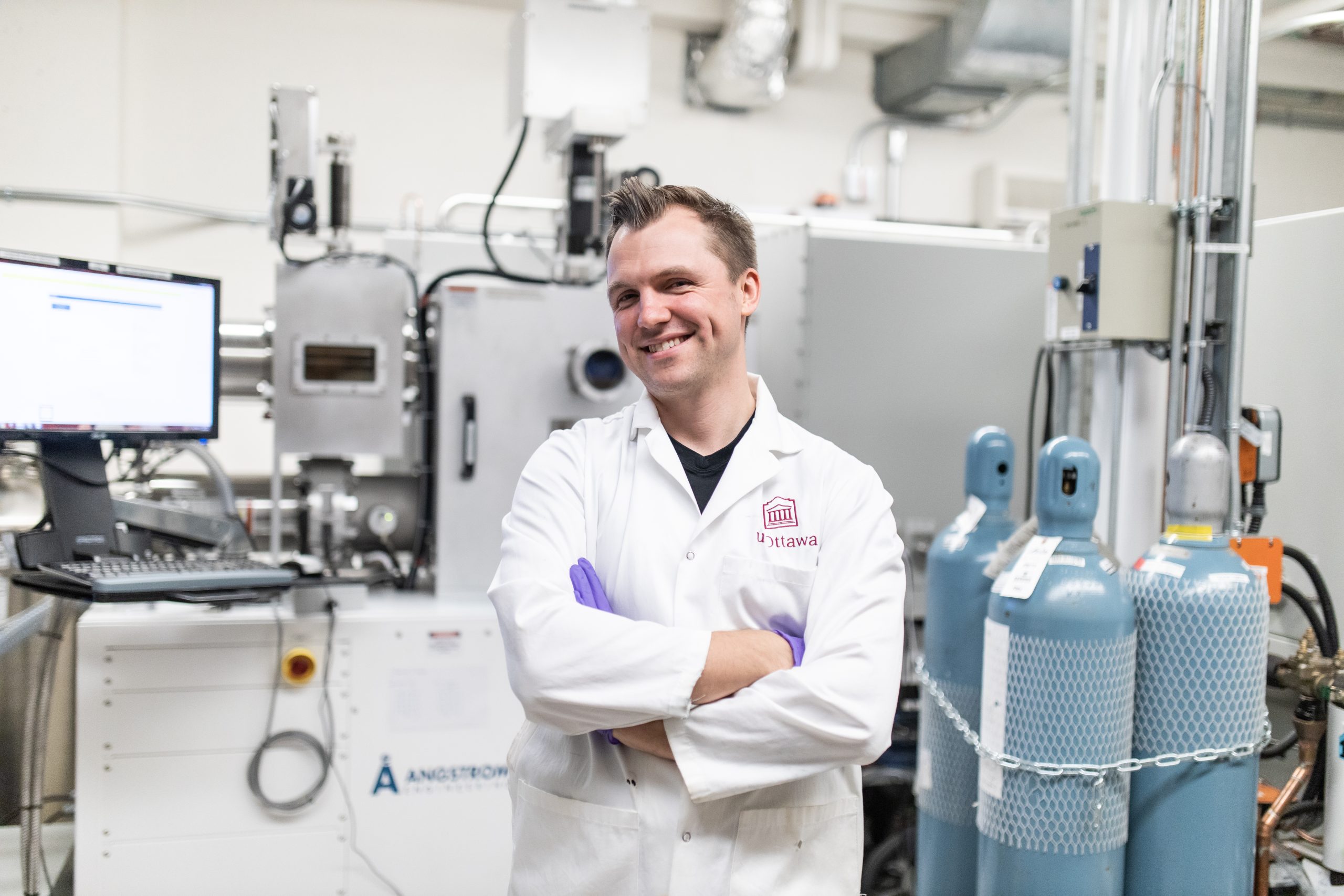
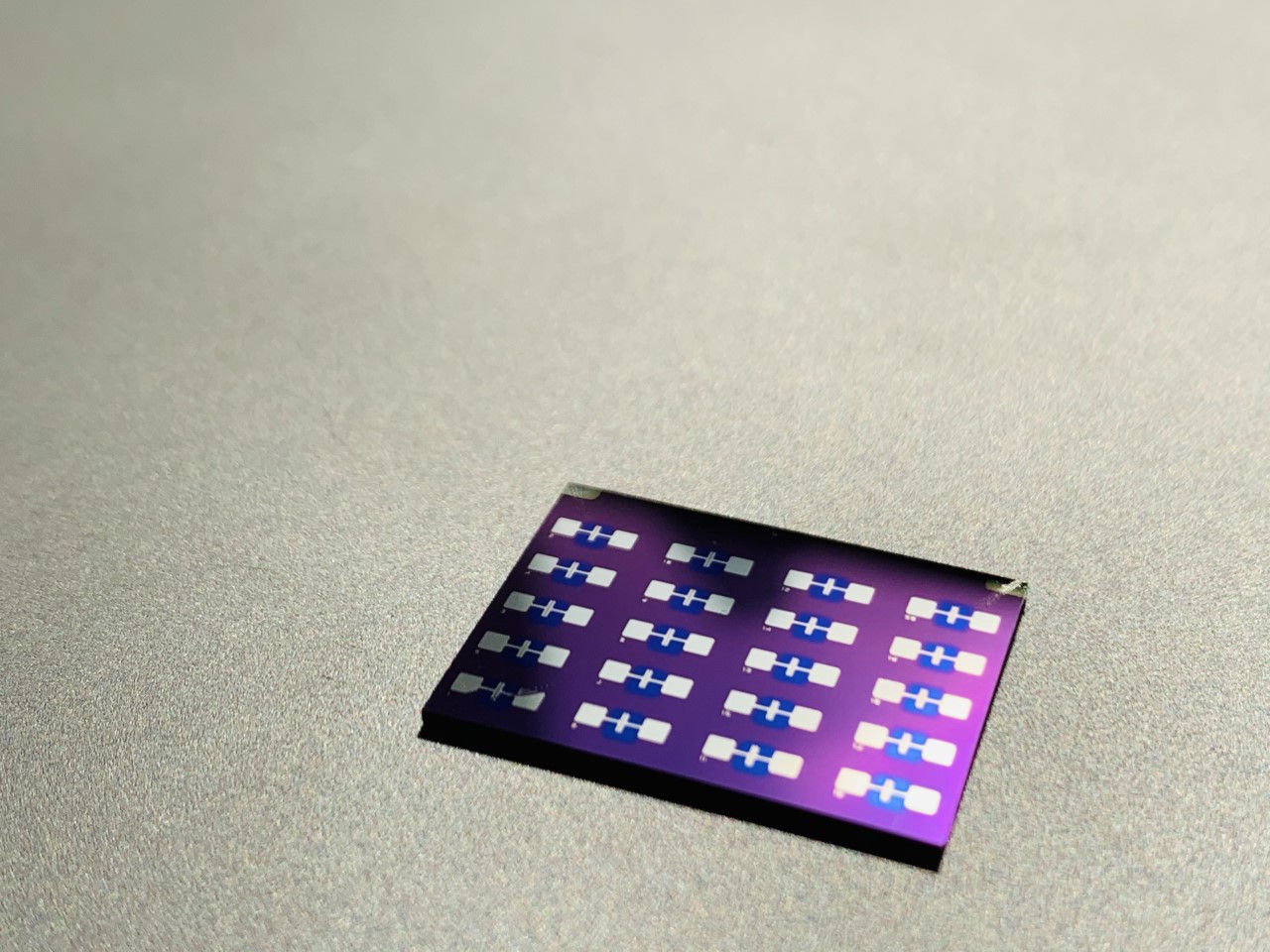
Super Thin, Super Team
Organic electronics, also known as carbon-based electronics or printed electronics, differ in important ways from their silicon sisters. Unlike traditional silicon chips that need temperatures of thousands of degrees and high purity, carbon-based electronics can be manufactured faster and at a much lower cost. Functional conductive inks can be produced with inkjet printers on paper or specialty plastics that bend and stretch.
If it sounds like science fiction, it’s because it is—or has been. Ultra-thin, bendable, wearable, ubiquitous tech has been a staple of science fiction for about as long as the genre has existed. The tech is finally reaching maturity for mass market deployment. But researchers still have a lot of work to do before anybody’s using a newspaper with moving images to swat flies.
“One of the challenges is that [printed electronics] are less efficient and so therefore a lot of the research is on trying to increase its efficiency or to tune it for a certain application,” says Lessard, who is an associate professor in the Department of Chemical and Biological Engineering at the University of Ottawa.
For Lessard, who is a Tier 2 Canada Research Chair in Advanced Polymer Materials and Organic Electronics and a world expert on the technology, the unresolved problems of this computer circuitry fascinate and challenge his research team. The team includes chemists and engineers who work together to test new materials and creative applications. They constantly experiment. A chemist will make five different molecules—all slightly different—and hand those molecules to the engineers who process them into film and use the films in an application.
“And then we optimize in that way and go through, you know, hundreds of molecules and figure out which one is the one that’s great,” says Lessard.
What the team produces is baffling. Some of the electronics are so super-thin–one tenth the thickness of a single hair and transparent to boot—the group needs high-power imaging technology, like the synchrotron at Canadian Light Source, to make sense of what’s happening inside the materials.
When the group discovers cracks—literal cracks in the ink that carries currents—they work to solve the problem. That might mean going back to the chemistry to align molecules better or change the process so that the inks dry in a way that leads to better performing applications.
A daily question for the lab, Lessard says, is “How do we mitigate those cracks and how do we make better-performing materials?” The joy comes through trying to get the molecules exactly right.
Testing Food, Testing Pot
Carbon-based electronics sound sci-fi, but they’re already on the market.
One recent example uses organic electronics as sensors for cannabinoids, like THC and CBD. Sensors on the market are expensive and require a lab run by a PhD, since the THC and CBD molecules are structurally similar. It’s a costly affair that can’t be avoided, either. Growers growing for medicinal cannabis want a high CBD ratio and low THC content, and those growing for recreational uses want high THC and low CBD. And the hemp industry doesn’t want any THC in their plants because otherwise they’re no longer categorized as hemp.
To lower the cost of testing, Lessard’s group spun out a start-up company called Ekidna Sensing. Launched in 2022, the company sells a test kit that uses printed electronics to test samples for cannabinoids. The precision in the printed sensors is impressive. Ekidna Sensing’s kits can differentiate the molecules and determine the quantity of each present.
It’s a small example, but it demonstrates the revolutionary potential that inexpensive, highly calibrated organic electronics can have on an industry.
Another example—one closer to home for most people—is smart packaging. Smart packaging is the kind of application that might, in a few years, be so commonplace that it becomes invisible, the sort of tech that children will assume has been around forever. It’s also one Lessard’s group is championing through its research.
Smart packaging has enormous potential to reduce food waste, save billions of dollars in food production, and help consumers across the globe save at the checkout lane by fine-tuning best before dates. As it happens right now, the best before date on a loaf of bread, a carton of milk, or a block of cheese is a statistical average. “And actually, it’s quite inaccurate,” Lessard says. Milk that goes directly from the grocery store, into a cooler, and then into the fridge, has a best before date that is far more accurate than milk that rides the bus in a plastic bag in 35C weather—which is how many Canadians get to and from the grocery store.
Lessard says he’s spoken to bread companies who say that if they can extend the best before date by one day, they’d save billions of dollars.
“It’s huge because 50 percent of food is thrown out,” says Lessard.
Smart packages with smart sensors can show the best before date in real time. One day, Lessard says, a person will be able to run a phone over the pack of ground beef they found in the back of their fridge. The app will activate a printed sensor that detects amines that come off decaying meat. If the sensors detect any amines, the app will alert the consumer that the meat is close to spoiling or spoiled. With a series of sensors available across the food supply chain, retailers and suppliers will be able to determine exactly where along the chain food spoils, allowing them to burn only what needs to be burned, rather than burning everything.
Applications like sensors for amine, E. coli, salmonella, and other bugs aren’t available yet, but other applications, like temperature sensors for pharmaceuticals, are nearly there, and smart wine labels have already arrived.
Wine collectors spend a lot of money on their collections. The average $5,000 bottle of wine will travel some 5,000 kilometres before it’s consumed.
“But if you’re actually the person who wants to drink the $5,000 bottle of wine, you want to make sure that it isn’t spoiled, and you want to make sure that that bottle in all that flying and travelling never went above 35 degrees or below zero. You want to make sure,” says Lessard.
Enter smart labels that change colour if the bottle ever goes above a set temperature, giving wine collectors accurate information about whether that $5,000 bottle of wine is a $5,000 bottle of vinegar.
Mercenary
Lessard says that working with such a malleable technology delivers the versatility he craves.
“I don’t know if it was an insult, but someone called me a scientific mercenary once, and I think that’s what’s sort of beautiful about this,” he says. “I love that one day I can talk to a biochemist who wants to research concussions and we can make a concussion sensor that can do the scans he needs. And then the next day I’m making better batteries, and then the next day it’s making flexible displays.”
Like a mercenary, Lessard dives into any challenge and fights all battles.
“The fact that I get to touch so many different things, and I can tell so many different stories, is quite appealing to me. I never get bored.”
 BioLab Business Magazine Together, we reach farther into the Canadian Science community
BioLab Business Magazine Together, we reach farther into the Canadian Science community
